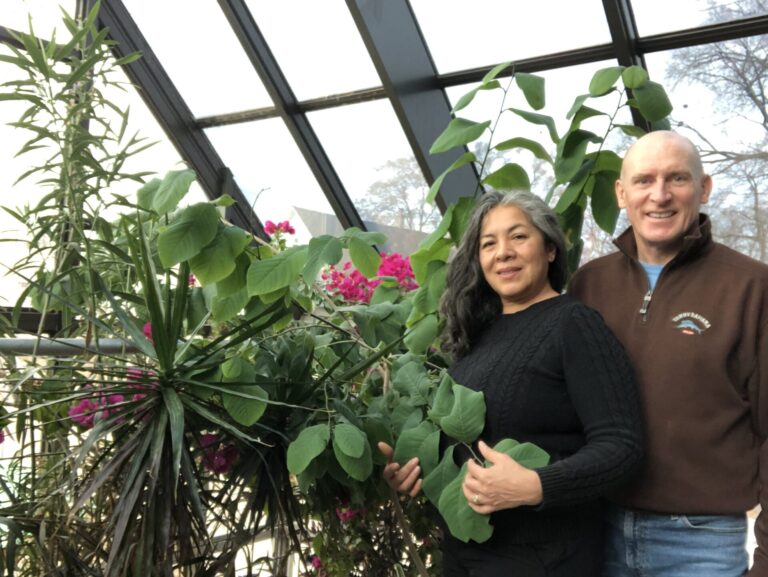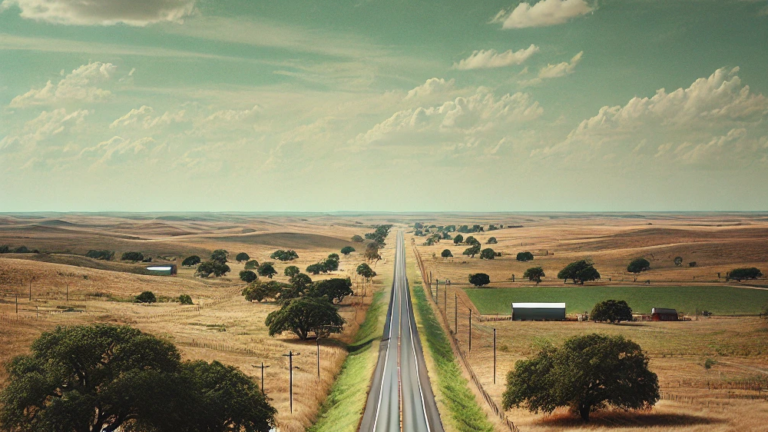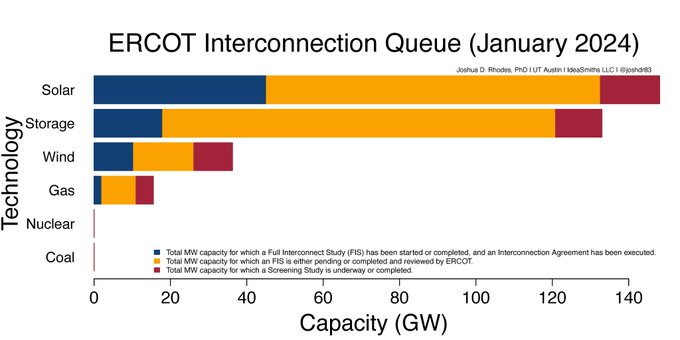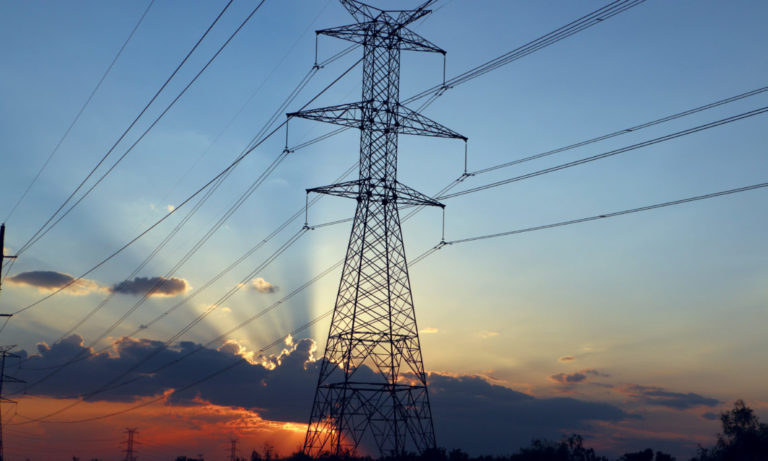November 10, 2021
As climate action takes center stage this week at the COP26 conference in Glasgow, Pecan Street will reflect on some of the issues we believe will be key to keeping global temperatures from rising above 1.5 degrees.
Topics will include energy equity, water equity, transportation electrification, and energy data regulations. Next up is AI applications for soil carbon sequestration.
By Bart Bohn, Startup Advisor, Pecan Street
Net Zero! That is the call echoing across corporate board rooms, public relations proposals, and government chambers around the world – and it’s amazing and past due. However, decarbonizing the economy so we rapidly reduce emissions is incredibly hard. And it doesn’t proactively address the 600 gigatons of carbon already up in the atmosphere, which on its own, will drive significant climate change consequences even if we somehow stop emissions.
One of the largest levers we have to address current atmospheric carbon and to mitigate ongoing emissions while we figure out how to change industrial activities is to enable nature to pull carbon out of the atmosphere and store it in the ground for decades, if not centuries. The primary way to do this is soil carbon sequestration. Not only is it good for the climate, the agricultural practices that cause this also improve soil health, increase yields, drive environmental co-benefits – and offer a new revenue stream to farmers by generating carbon offset credits.
As with any financial instrument, buyers of carbon offset credits want to be sure they are getting what they’re paying for. This requires farmers, or environmental services companies they hire, to perform stringent measurements of carbon in the soil over time and provide the documentation to independent standards organizations. These measurements are costly and can sometimes undo the financial upside of generating carbon credits in the first place for a farmer.
Digital Dirt
To address this challenge, Pecan Street’s Digital Dirt initiative convened a Working Group to figure out how to apply emerging artificial intelligence (AI) capabilities to radically shift the efficiency and economics of this soil carbon measurement activity. The Working Group is comprised of soil scientists, AI technologists, and carbon markets standards organizations. While AI, and related machine learning technologies, represents significant potential to improve the effort, the Working Group identified the underlying problem of broad availability of sufficient data to fully leverage AI capabilities.
Specifically, the mathematical models used to calculate the amount of carbon in a sample of soil, and by extension, across a whole field, is fraught with potential errors and costly steps. These mathematical models have not been simplified like, for example, an online mortgage rate calculator. They require significant knowledge of the underlying models, the data inputs, and even how the measurements were taken. This creates a lot of uncertainty in the output of the models as it is hard to know if you set it up correctly and properly input the required datasets.
Our AI Recommendations for Soil Carbon Sequestration
Because of this, the Working Group’s first recommendation was to create a dataset that is proven to generate an accurate output when fed through these models. This allows a farmer who is setting up a model for their field to use this benchmark dataset to validate that they have set up the model properly.
Next, the Working Group quickly realized the breadth of data required to input into these models may not be readily available for a farmer – or be extremely time-consuming or expensive to track down. So it recommended building datasets that a farmer can reliably borrow portions of to fill in the farmer’s data gaps without causing meaningful output errors in the calculation models.
Alternatively, new ways to generate or gather the required data elements can be pursued, such as using remote imaging and machine vision algorithms across broad spectrums of visible and non-visible wavelengths. This is expected to work for a portion of the required data elements, but this approach is not effective for measurements that need to be taken at various soil depths, as the current sensing technologies are not able to penetrate more than a few inches of soil.
Additionally, the opportunity exists to create new in-field sensors that can quickly and cheaply collect the required data in a way that enables the farmer to do it themselves (versus hiring technical experts). However, the Working Group was not optimistic about the current state of such sensors to be deployed in this manner in the near term.
Regardless, both the remote sensing and in-field sensors have the same underlying verification challenge – they both rely on mathematical models to translate the sensor output into the required data inputs for the mathematical models that calculate the amount of soil carbon. Leaving farmers and researchers with a need for a rapid, independent, and transparent verification method for the mathematical models that are embedded in these various data collection approaches in order to provide adequate confidence for carbon offset purchasers.


















